Posters
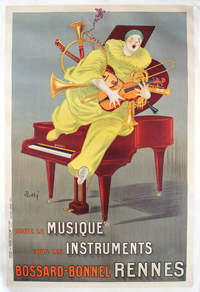
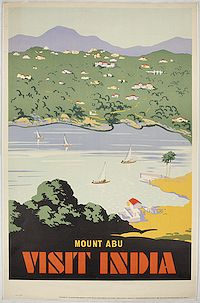
The modern poster is considered to have been born in the latter half of the 19th century, 1866 to be exact. Paris outdoor and indoor walls of buildings flowered with posters that took their themes from the passing show of 'La Vie Parisenne.'
Jules Cheret and Toulouse-Lautrec created La Belle Epoque posters in France. The Art Nouveau style, typified by Hans Hollwein’s woodcut-inspired surfaces, advanced the evolution of the poster on the artistic front.
Posters are extraordinarily clear reflections of the values, trends, and important events of their time. The poster acts as an indicator, shaping attitudes and trends and thus is a superb mirror of the times.
Posters often have more than one creator – perhaps a group including the artist, art director, copywriter, and layout artist, but not always. Theatrical posters are often signed by the set designer and artists often design posters for their own shows. Twentieth-century printing techniques have made mass-production of illustrated posters possible.
The 20th century brought many new impulses from the painterly arts. The collage of objects and letters of Cubism inspired poster artists, as did Surrealism. The Bauhaus Movement’s experiments with surfaces, photomontage, and typography were directly applicable.
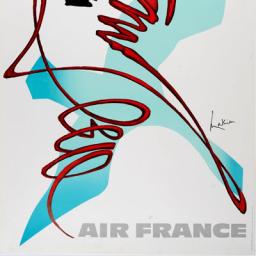
Georges Mathieu (1921-2012) was a French painter and academician, also known to be the founder of lyrical abstraction, pioneer of Action Painting, performances, dripping, gigantism, speed and risk, and as the early inspirer of street art.
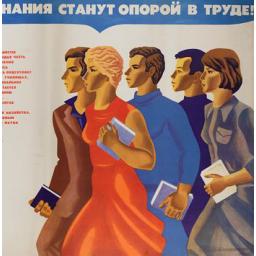
Soviet poster propaganda after WWI was a constructivist-dominated design period, with bold reds and blacks and a strong emphasis on thick lines, bold sans-serif type and geometric forms.
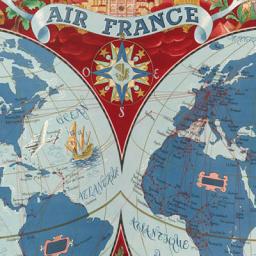
The poster has always occupied a special place in Air France's communication. With a heritage of more than 1,500 posters by the most prestigious illustrators and artists, the Company has one of the richest collections in the world.
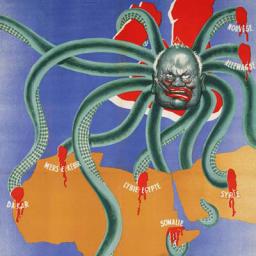
At its most basic, propaganda is biased or misleading information
circulated via some form of mass media with the intent of promoting a
political agenda or viewpoint.
Propaganda is deliberately not objective and is usually part of a
larger psychological campaign to influence people toward a specific
opinion.
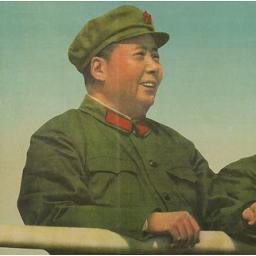
Propaganda posters can leave a lasting impact. For Shaomin Li, the Chinese artist, economist, and dissident, they are particularly meaningful. He grew up during the Cultural Revolution, surrounded by the posters that he now collects. As a soldier in the People’s Liberation Army, Li also had to create them.
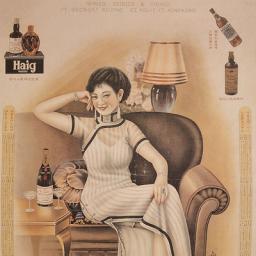
It shows the rise of Western-type advertising during the economic boom in early 20th century Shanghai when the Art Deco movement brought from Europe greatly influenced local fashion, art and architecture. Today, this type of poster is prized by collectors and preserved in museum collections both for its artistry and for the unique glimpse it gives of the past.
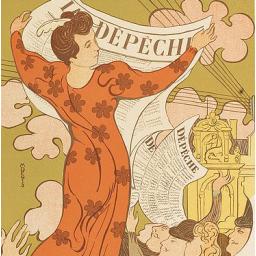
At the turn of the 19th century into the 20th Paris outdoor and indoor walls of buildings flowered with posters that took their themes from the passing show of 'La Vie Parisenne.' Advertising never new happier days. The poster had not only caught the fancy of the broad public, but its best examples were already being regarded as works of art (specifically, as fine prints) to be exhibited, reviewed in journals, collected and reprinted in a manageable form.